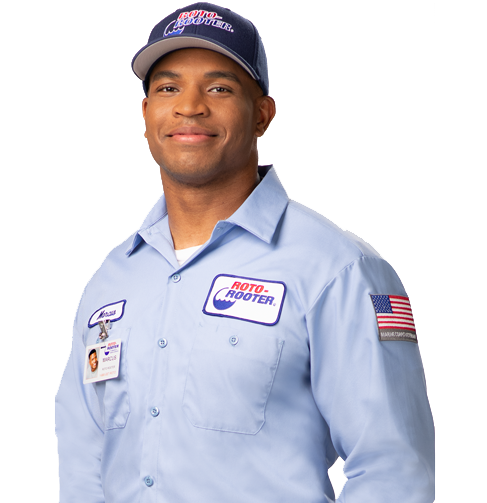Understanding Water Pressure Basics
Nothing dampens a morning routine faster than a trickling shower or a feeble kitchen tap. But before you chalk it up to “just low pressure,” let’s explore whether your water woes point to a minor hiccup—or a major plumbing headache lurking beneath the surface.
What Is Water Pressure? (PSI Explained)
Water pressure is the force pushing water through pipes to your faucets, measured in pounds per square inch (PSI). Too low—your shower sputters; too high—pipes can burst. Most homes thrive between 40–60 PSI.
Ideal Home Water Pressure Range
According to the Environmental Protection Agency, residential water pressure should stay within 40–60 PSI for optimal performance and safety (EPA). Anything under 40 PSI often leads to frustratingly slow flows.

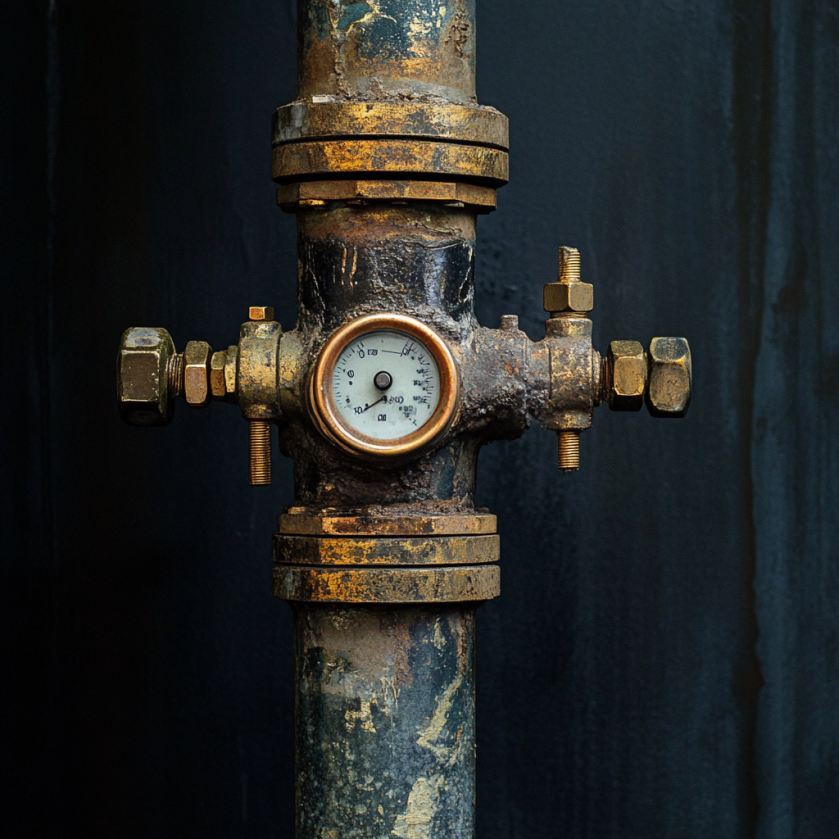
Common Causes of Low Water Pressure
Municipal Supply Issues
Sometimes the culprit isn’t in your house at all. Water main maintenance or hydrant flushing by your local Delmarva water department can temporarily reduce supply. Corroded or Leaking Pipes Aging galvanized pipes corrode from the inside, narrowing the flow. Hidden leaks soak walls or yards and steal pressure—even when taps are off.
Clogged Pipes and Fixtures
Mineral deposits build up over years, especially in our region’s hard water zones. Aerators, showerheads, and piping can all get gunked up, restricting flow.
Pressure Regulator Malfunctions
Most homes use a pressure-reducing valve (PRV) to keep supply within safe limits. If it fails or drifts out of adjustment, pressure can plummet.
Signs Your Water Pressure Problem Is Serious
Low Pressure in All Fixtures
If every tap—bathroom, kitchen, outside hose—feels weak at the same time, it’s likely a whole-house issue, not a single clogged showerhead.
Fluctuating Pressure During Appliance Use
Notice the shower sputter when the dishwasher starts? That suggests competition for supply, hinting at undersized pipes or a failing PRV.
Visible Pipe Leaks or Damage
Look for damp spots, mold, or sagging ceilings. Even small drips can sink psi and signal an urgent repair.
Discolored or Rusty Water
Brown or orange tint means corroded pipes. Corrosion both lowers pressure and contaminates your water—time for immediate action.
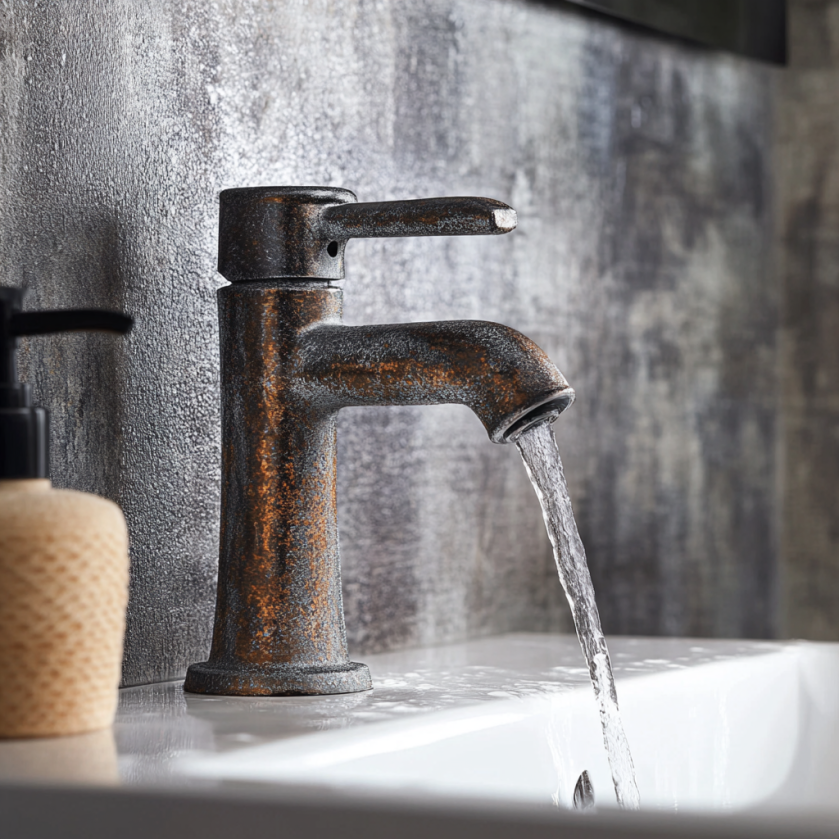
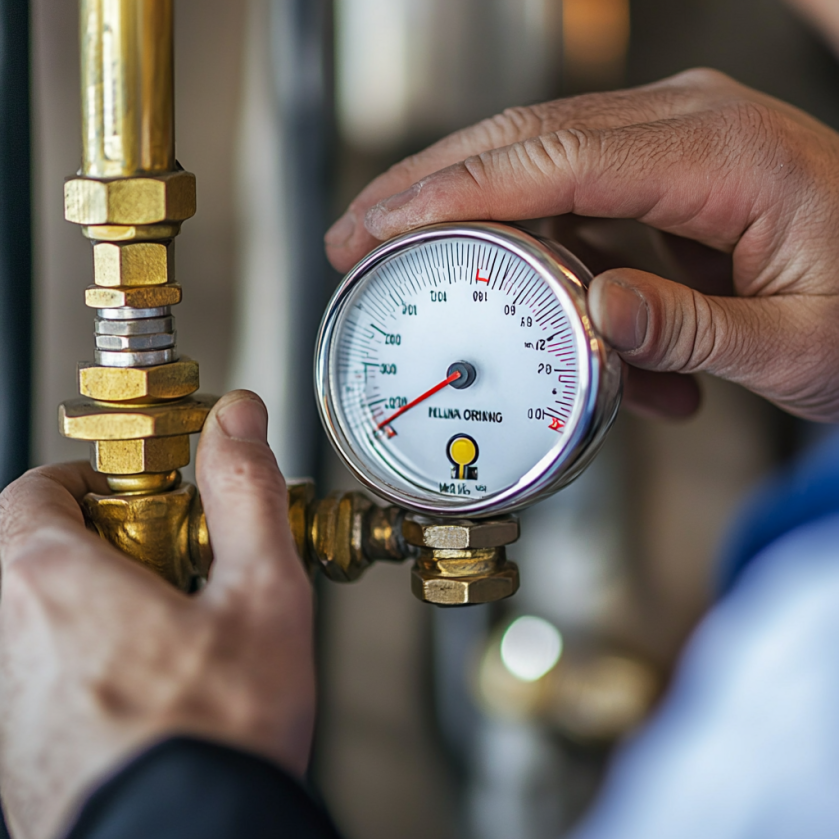
Measuring Your Water Pressure
DIY Pressure Gauge Test
Pick up a water pressure gauge at a hardware store and attach it to an outdoor hose bib. Open fully and note the PSI. Under 40? Your system needs attention.
When to Call a Professional Test
Inconsistent readings or spikes above 80 PSI require a plumber’s pressure logger, an electronic device that tracks pressure over time to catch intermittent issues
Diagnosing Underlying Plumbing Issues
Inspecting for Hidden Leaks
If your water bill spikes unexpectedly, leaks may be the culprit. We use thermal cameras and acoustic sensors to pinpoint leaks behind walls or under slabs.
Checking the Pressure Regulator
A malfunctioning PRV is a common offender. We adjust or replace regulators to restore stable pressure and protect your pipes from damage.
Assessing Pipe Material and Age.
Homes built before 1970 often have galvanized steel or polybutylene pipes—both prone to corrosion. Re-piping with modern PEX or copper can solve chronic low-pressure issues.
Potential Consequences of Ignoring Low Pressure
Damage to Appliances
Water heaters, boilers, and irrigation systems strain when starved for flow. Over time, sediment buildup and overheating can shorten appliance life.
Increased Energy Bills
Low pressure means longer shower times, extra loads in the dishwasher, and more energy to pump hot water—your wallet feels it too.
Frustration and Reduced Home Value
Sputtering showers and trickling taps aren’t selling points. Persistent issues can delay your next home sale or force price concessions.
Solutions and Next Steps
Clearing Clogs and Aerators
Unscrew faucet aerators, soak in vinegar, and brush away deposits. Replace showerheads with high-efficiency, anti-clog models to maintain flow.
Replacing Pressure Regulators
A qualified plumber can test, adjust, or replace your PRV. It’s a relatively low-cost fix that often restores whole-house pressure.
Pipe Repair or Re-piping
For corroded or undersized piping, spot repairs or full re-pipes are the answer. Modern PEX piping resists corrosion, freezes better, and maintains PSI.
Installing a Booster Pump
If your municipal supply runs low, a booster pump can amplify pressure entering your home. We size and install pumps tailored to your flow needs.
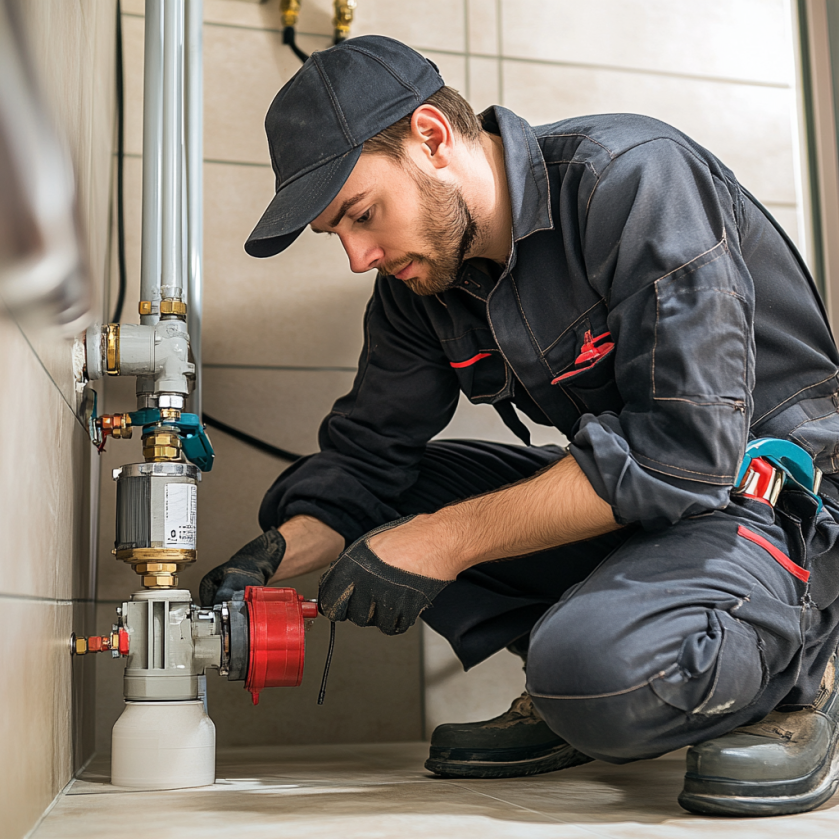

Preventative Maintenance Tips
Regular Plumbing Inspections
An annual check catches early leaks, PRV drift, and pipe corrosion—saving thousands in future repairs. Ask about our comprehensive home inspections.
Routine Pipe Cleaning and Flushing
Hydro-jetting clears mineral buildup and biofilm from mains, restoring smooth flow. It’s eco-friendly and chemical-free, ideal for Delmarva’s water conditions.
Seasonal Checks (Freeze Protection)
In winter, insulate exposed pipes and maintain a trickle at faucets during deep freezes. It’s better to prevent burst pipes than repair them.
When to Call Roto-Rooter Delmarva
Emergency Plumbing Services
Low pressure can quickly escalate to leaks or burst pipes. Our 24/7 emergency team is ready to diagnose and mitigate issues before they become disasters.
Comprehensive Water Pressure Solutions From pressure testing to re-piping and booster pump installation, we offer end-to-end solutions.
To Sum Things Up
Low water pressure might seem like a mild annoyance, but unchecked, it can spiral into costly repairs and daily frustration. By understanding root causes, measuring PSI accurately, and partnering with Roto-Rooter Delmarva for preventive care, you’ll keep your taps flowing and your home running smoothly.
Frequently Asked Questions
How do I know if my pressure regulator is failing?
Look for fluctuating PSI readings and simultaneous low pressure at all fixtures. A professional test confirms the diagnosis.
Can a booster pump fix all low pressure issues?
Booster pumps help when municipal supply is weak but won’t solve internal leaks or severely clogged pipes.
Why does pressure drop when I use the washing machine?
Large appliances demand high flow rates. If pipes or regulators aren’t sized properly, other fixtures feel the pinch.
Is water hammer related to pressure problems?
Water hammer (thumping pipes) usually results from abrupt valve closures at high pressure and can damage fittings over time.
How often should I test my home’s water pressure?
We recommend an annual PSI check, or immediately if you notice slow flow, sputtering
showers, or pipe noises.
